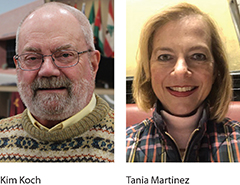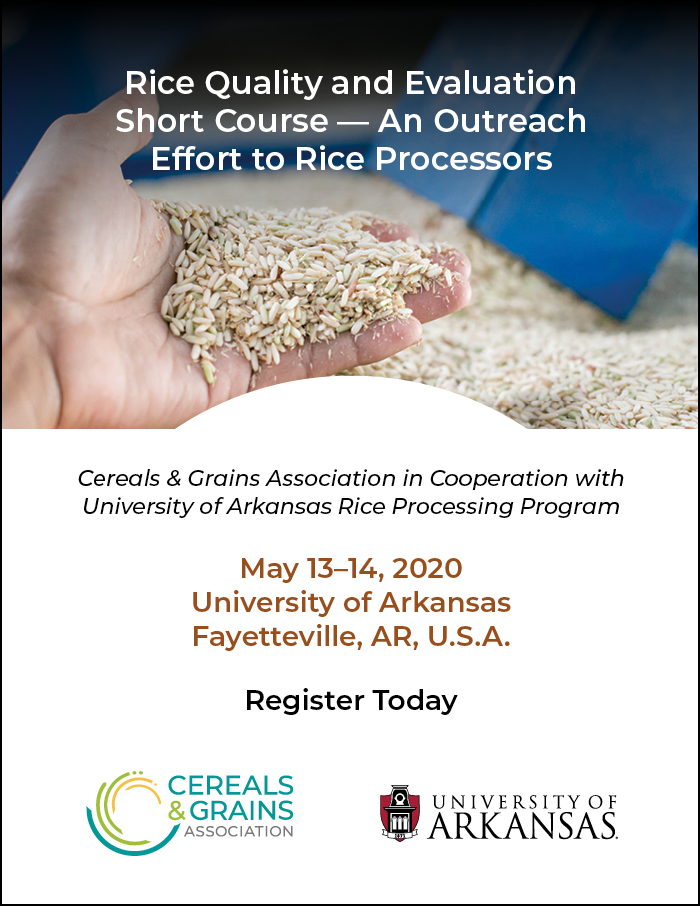 A global food system requires a global transportation infrastructure that is built to deliver bulk, packaged, fresh, and frozen products across and between continents and countries at a level of sophistication few people even think about. Transportation is key to supplying consumers with the food they want when they want it. The transportation of food within the global food system delivers resources to the food industry—and, ultimately, products to consumers. However, it also presents risks and challenges that the food industry must address.
A global food system requires a global transportation infrastructure that is built to deliver bulk, packaged, fresh, and frozen products across and between continents and countries at a level of sophistication few people even think about. Transportation is key to supplying consumers with the food they want when they want it. The transportation of food within the global food system delivers resources to the food industry—and, ultimately, products to consumers. However, it also presents risks and challenges that the food industry must address.
Food safety hazards may increase or be introduced with the length of time a product spends in transit and with every baton pass from one mode of transport to another. Scientific tools and expertise are utilized to help diagnose and mitigate food safety risks. Through big data sets and artificial intelligence tools, almost all foods can be traced across the globe. Any event that disrupts on-time delivery of a food product, however, introduces risks—and sometimes creates a catastrophe. For example, if a hurricane along the Atlantic Coast stalls a ship carrying bananas from Central America to ports in the Delaware River Valley in the United States, what was a cargo with commercial value becomes a shipload of rotten bananas and a liability.
In this issue of Cereal Foods World (CFW), we delve into the transportation systems that are used to move food products around the world. To fully understand the ways in which foods are transported around the world and to illuminate some of the challenges encountered, we have included a few articles that go beyond cereal and grain products. For example, two of the articles address the transportation hazards associated with fresh produce to help cereal scientists understand the wider spectrum of food safety risks encountered in global food transit.
The feature article by a team from The Resilience Shift and Lloyd’s Register Foundation, led by Juliet Mian, addresses resiliency in the global food transportation system. For example, origination sites change when there is crop damage in one region. In addition, last-minute changes in freight rates (ocean-surface, rail-truck) can shift transportation routes and carriers. When safety and security concerns erupt, all logistical variables come into play. This article serves as an intriguing introduction to the complex issues and challenges associated with the global movement of food.
Dierdre Ortiz brings this topic front and center to cereals and grains in her article on biological contamination of grains in railcars. For example, allergens may be introduced into flour if a train car that has previously carried another product, such as peanuts, has not been thoroughly decontaminated before the flour is loaded for transport.
In his feature article, Pablo De Vicente dives deeply into the science of detecting mycotoxins in field crops. He provides practical information from a laboratory point of view on methods used for scientific validation. More importantly, he explains why the detection of mycotoxins in field crops is important for minimizing food safety risks in the food supply system.
Tad Thompson’s article on the seaports of the Delaware River Valley reveals the significant volume of food that enters the United States via the ports that make up the Delaware River system. Although this article focuses on the movement of fresh produce into the U.S. food distribution system, cereal and grain scientists and manufacturers can gain valuable insights from the logistical issues described.
In his application article, Gerardo Morantes presents scientific information that may be useful to the industry for improving the efficiency of food safety management. Returning to the global food transportation challenge, Carly Grether shares an interesting perspective on the challenges of moving fresh produce around the world. Although grain scientists and manufacturers are fortunate that they do not have to deal with highly perishable commodities, this brief article sums up worse-case scenarios that can help us think proactively.
Because the Cereals & Grains Association has added a new Pet and Animal Food Division, we are republishing an article authored by Cassie Jones et al. (originally published in Feedstuffs, Vol. 91, No. 6, June 3, 2019) that describes how viruses can spread through the animal feed supply chain and methods for reducing the risk of spreading diseases to both livestock and human consumers. Not only does this article serve to welcome members of this new division into our community, it also provides a vivid case study for how viruses can disrupt the global food system.
In conclusion, we invite you to revisit the article published in the January-February 2019 issue of CFW on China’s Belt and Road initiative. This article explains how China’s investment in building modern infrastructure along the ancient Silk Road pathways will enable China to move goods and agriculture commodities across Asia, Africa, and Europe.

